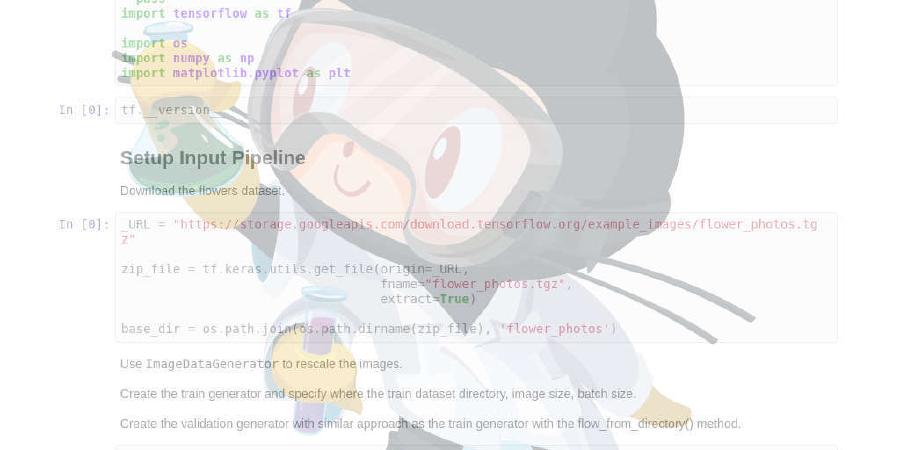unlayer/react-email-editor

Drag-n-Drop Email Editor Component for React.js
| repo name | unlayer/react-email-editor |
| repo link | https://github.com/unlayer/react-email-editor |
| homepage | https://unlayer.com |
| language | JavaScript |
| size (curr.) | 352 kB |
| stars (curr.) | 1966 |
| created | 2017-10-01 |
| license | MIT License |
React Email Editor
The excellent drag-n-drop email editor by Unlayer as a React.js wrapper component. This is the most powerful and developer friendly visual email builder for your app.
| Video Overview |
|---|
 |
| Watch video overview: https://youtu.be/MIWhX-NF3j8 |
Live Demo
Check out the live demo here: http://react-email-editor-demo.netlify.com/ (Source Code)
Blog Post
Here’s a blog post with a quickstart guide: https://medium.com/unlayer-blog/creating-a-drag-n-drop-email-editor-with-react-db1e9eb42386
Installation
The easiest way to use React Email Editor is to install it from NPM and include it in your own React build process.
npm install react-email-editor --save
Usage
Require the EmailEditor component and render it with JSX:
import React, { Component } from 'react'
import { render } from 'react-dom'
import EmailEditor from 'react-email-editor'
class App extends Component {
render() {
return <div>
<h1>react-email-editor Demo</h1>
<div>
<button onClick={this.exportHtml}>Export HTML</button>
</div>
<EmailEditor
ref={editor => this.editor = editor}
/>
</div>
}
exportHtml = () => {
this.editor.exportHtml(data => {
const { design, html } = data
console.log('exportHtml', html)
})
}
}
render(<App />, document.getElementById('app'))
Properties
styleObjectstyle object for the editor container (default {})minHeightStringminimum height to initialize the editor with (default 500px)onLoadFunctioncalled when the editor has finished loadingoptionsObjectoptions passed to the Unlayer editor instance (default {})toolsObjectconfiguration for the built-in and custom tools (default {})appearanceObjectconfiguration for appearance and theme (default {})projectIdIntegerUnlayer project ID (optional)
See the Unlayer Docs for all available options.
Methods
loadDesign-function(Object data)- Takes the design JSON and loads it in the editorsaveDesign-function(Function callback)- Returns the design JSON in a callback functionexportHtml-function(Function callback)- Returns the design HTML and JSON in a callback function
See the example source for a reference implementation.
Custom Tools
Custom tools can help you add your own content blocks to the editor. Every application is different and needs different tools to reach it’s full potential. Learn More
Localization
You can submit new language translations by creating a PR on this GitHub repo: https://github.com/unlayer/translations. Translations managed by PhraseApp
License
Copyright (c) 2020 Unlayer. MIT Licensed.







